SAP: Can licensing keep pace with IoT innovation?
Customers want more transparency over SAP's licensing roadmap

Customers are concerned that, as SAP ramps up investment in new technologies like the Internet of Things (IoT), licensing will not keep pace with technical innovation.
The firm, whose history is rooted in back office resource planning software and databases, has spent the last few years encouraging its customers to adopt more from its growing cloud portfolio.
These have typically been its line-of-business applications, like Ariba or SuccessFactors, while more recently the focus has been on S/4 HANA; a suite of ERP tools that run on HANA, SAP's incredibly fast data-processing platform.
While the vast majority of SAP's 4,100 S/4 customers are currently on-premise, the potential of the technology is huge: thousands of devices (whatever they are) pinging the system if a product is ordered, ensuring the company's stock quantities are updated in real-time.
SAP's HANA Cloud Platform will underpin future IoT services, too, while its Asset Intelligence Network will act as a cloud platform for companies to collaborate together on the IoT.
Hala Zeine, SAP's senior vice-president of portfolio, gave an example of a connected fridge on stage at Connect 2016, the UK & Ireland SAP User Group's rebranded annual conference, last week.
In that example, a faulty fridge would ping its manufacturer with the exact details of the fault, prompting an automatic call out for an engineer equipped to fix the issue on-site.
Sign up today and you will receive a free copy of our Future Focus 2025 report - the leading guidance on AI, cybersecurity and other IT challenges as per 700+ senior executives
The scenario was a neat illustration of the everyday potential of the IoT, but prompted the user group to ask who would pay the licensing fee: the manufacturer of the fridge, or the owner of the system it connects to?
"If that fridge has a sensor in it which talks to the backend system to say 'I've run out of fluid', then is that who's consuming that data [who is charged], or where's it being consumed?" Philip Adams, chairman of the UK & Ireland SAP User Group, said to IT Pro.
"Most of the usage in SAP tends to be user-based but they do have other metrics around revenue generation or data flows or processing power."
The issue of indirect usage
Zeine's example also raises the spectre of indirect usage, which becomes an increasingly prevalent issue in the world of IoT, where your internal and external IT systems connect not only with each other, but with third-parties' systems too.
"You've got users logging onto your SAP system, they're inputting data into that SAP system, and there's a connection to another system where you have another set of users of a third-party product consuming the data that originally generated in SAP," explained Adams.
"They're processing that data ... and as a result that's opening a level of exposure [where] the people using the third-party product don't have a license to use [SAP]."
Murky policies governing such uses of SAP could either put users off adopting new products, or see them get stung in an audit years after adopting an IoT product, the user group fears.
SAP's Zeine said she wants licensing for modern usages to be both clear and simple, saying: "Sometimes things will happen that nobody's ever thought of, so we have to react and it's very important to keep pace and that licensing keeps pace with the change.
"[There's] a very important path where I will drive my pricing team to say it has to be simple to understand, easy to consume, but yet is exactly what the customer needs."
But when IT Pro asked her who would pay the license fee in her fridge example, she said she couldn't reveal the pricing.
A lack of transparency
In the information vacuum, customers fall back on memories of haggling with their account managers over pricing, or recall licensing practices that the user group believes are not fit for purpose in a cloud and IoT world.
"They are one of the most complex and difficult companies to deal with," Julian Bond, head of ICT for Hillarys, a company that makes and sells blinds, told IT Pro. "Their licensing is impenetrable," he added, claiming that when conversations with product representatives turn to pricing, SAP refers customers to their account managers.
One example of a lack of transparency the user group brings up is SAP's audits, when it provides customers with a tool, called LAW 2, to understand their licensing usage.
Adams said LAW 2 doesn't give them the raw usage data in a format they can understand, meaning customers know they're in the clear if they don't hear back from SAP, but are still left in the dark about aspects of their usage.
An SAP spokesperson told IT Pro: "It's important to highlight that it's a customer's obligation to ensure that they use our software within their license entitlement. The audit should assist our customers in understanding and managing their license assets, and we work closely with our customers to help them do so given the sensitive nature of this process."
They added that customers can run Basic License Audits at any time, with many running one quarterly to stay on top of their usage, as well as a self-certification element for licensing that cannot be recorded automatically.
An Enhanced License Audit sees SAP visit a customer to validate additional license usage scenarios that it can't collect automatically, with the auditor discussing these fully with the customer.
Licensing direction
But Hillarys' Bond believes customers should also receive guidance about SAP's future licensing policies.
"Your customers need a licensing roadmap as well as your technology roadmap," he told IT Pro. "SAP needs to come from never talking about it to at least having some conversations about it." He believes Zeine is trying to do that, by holding higher level discussions with customers than at the account level.
"I normally say a good policy is one that is going to allow for predictability, for the customers so they know what's coming at them," Zeine told IT Pro
"From a policy point of view, we provide software, the software has value, we license against that value ... We do adhere to the fact that we want it to be predictable for them, and we also are in it for the long run for customers, be it large or small."
Still, it's unclear whether usage-based licensing models will cut it when interconnected devices and systems enable connections a customer might not envisage when buying the product, or a vendor might not predict when building it.
The question remains how SAP will address the issue. Martin Thompson, of the Campaign for Clear Licensing, believes that SAP might define pricing depending on each company's usage, leaving customers with no universal guidance on how much they could pay.
"IoT-enabled devices with connectivity to SAP is a great example of innovation in IT, but SAP contracts and license definitions are typically archaic and predate modern technology," he told IT Pro. "This means SAP will commonly 'settle' usage or connectivity of its IP with new technology for a fee on a case-by-case basis with customers. This means license metrics still remain undefined."
SAP's UK & Ireland MD, Cormac Watters, says the company has a number of "engaging, practical" conversations with customers about licensing regularly.
"It is all about usage actually, because as you rightly say there's opportunities to use our software in many interesting and varied ways that weren't there 10 years ago," he told IT Pro.
"We try to proactively go talk about it and try to work out what's the right type of use to capture in a license agreement. I always think of it in types of use so if you're using the IP, what kind of license use do you need?"
-
 Researchers claim Salt Typhoon masterminds learned their trade at Cisco Network Academy
Researchers claim Salt Typhoon masterminds learned their trade at Cisco Network AcademyNews The Salt Typhoon hacker group has targeted telecoms operators and US National Guard networks in recent years
-
 HPE says unified channel strategy won't force Juniper partners to generalize
HPE says unified channel strategy won't force Juniper partners to generalizeNews Does the company embrace specialists or want a full portfolio push? The answer, it seems, is both
-
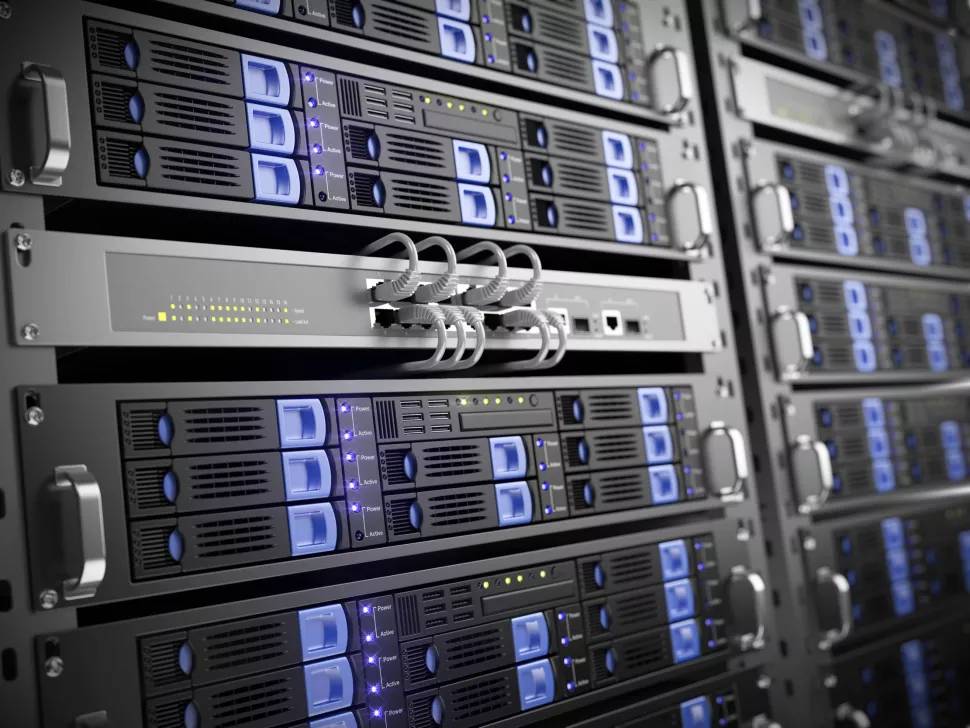 The power of IBM Power for SAP HANA and SAP S/4HANA environments
The power of IBM Power for SAP HANA and SAP S/4HANA environmentswhitepaper Greater efficiency, reduced carbon footprint
-
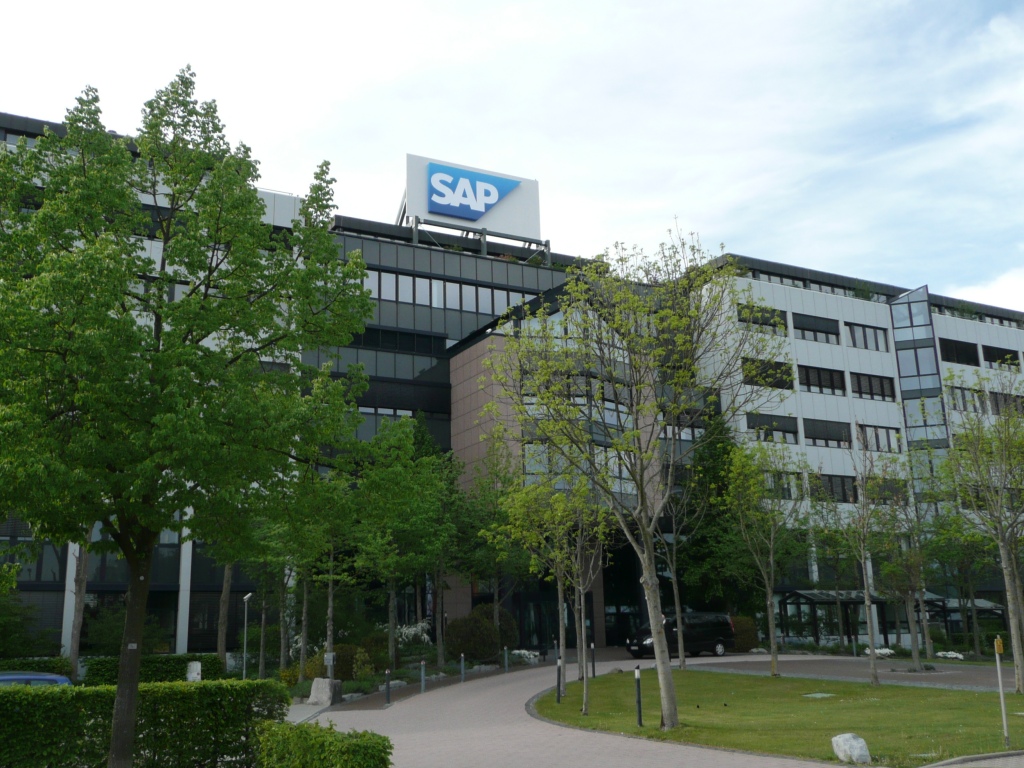 Do SAP's licensing changes signal a break with complexity?
Do SAP's licensing changes signal a break with complexity?Analysis Will SAP's new licensing model reassure customers or is it back to the drawing board?
-
 Tennis coaches to use on-court data insights from SAP
Tennis coaches to use on-court data insights from SAPNews Mobiles running real time analytics to help tennis players such as Serena Williams and Maria Sharapova
-
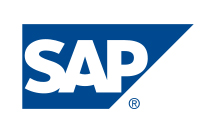 SAP splashes £2.18bn on SuccessFactors
SAP splashes £2.18bn on SuccessFactorsNews The firm boosts their business software with the inclusion of Human Capital Management.
-
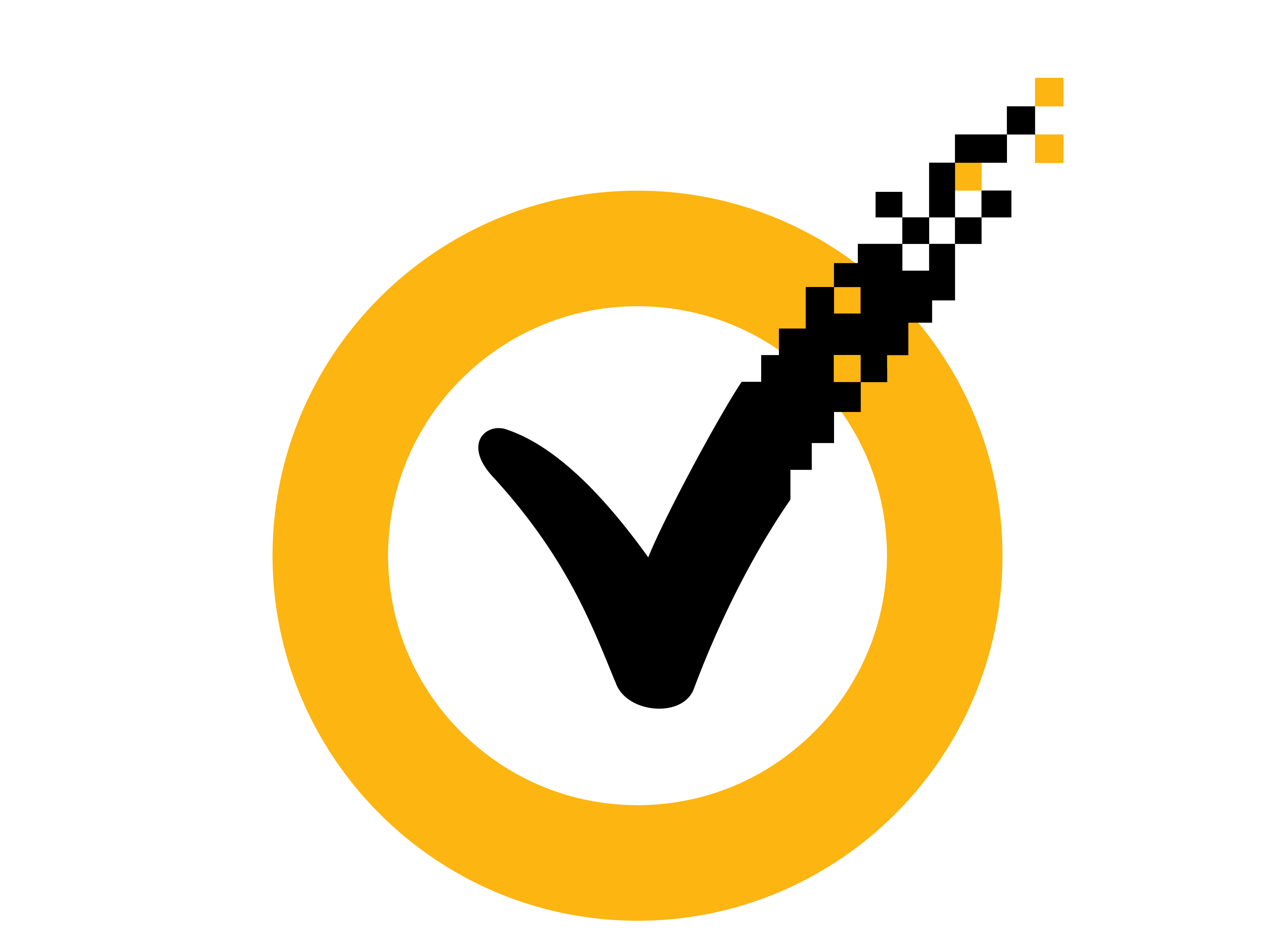 Symantec results better than expected
Symantec results better than expectedNews Symantec posts some positive results, beating Wall Street expectations.
-
 Benioff bashes anti-Salesforce Microsoft marketing
Benioff bashes anti-Salesforce Microsoft marketingNews Marc Benioff said he plans to hit Microsoft where it hurts with some upcoming announcements.
-
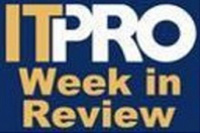 Week in review: Super fast broadband and wireless for everyone
Week in review: Super fast broadband and wireless for everyoneNews Meanwhile the Oracle vs HP feud flares up. Again.
-
 Businesses need accurate data, but most don't have it
Businesses need accurate data, but most don't have itNews Many businesses believe that having accurate business data could help them survive the economic downturn.